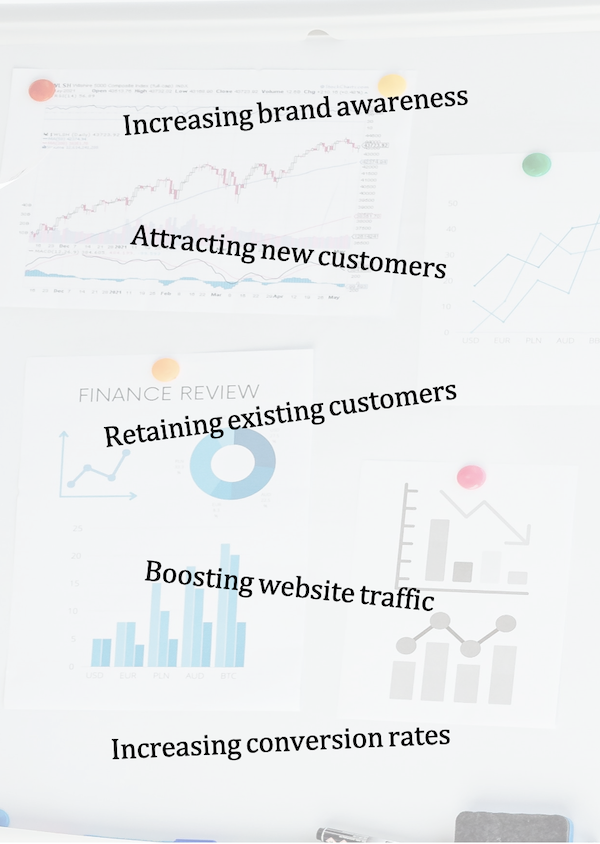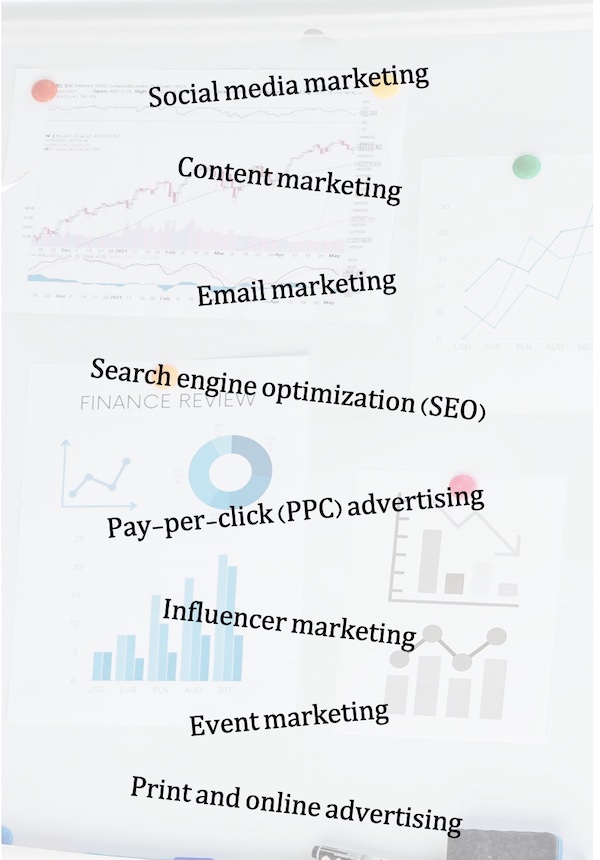Marketing is essential for businesses of all sizes, but for small businesses, it’s crucial to maximize the return on investment (ROI) for every marketing dollar spent. One of the keys to achieving this is effective marketing budget planning. A well-planned marketing budget can help you allocate resources strategically, track your marketing efforts, and ensure that you’re investing in the most effective channels and tactics. We’ll guide you through the process of marketing budget planning, providing essential tips and insights to help you make the most of your small business marketing budget.
Before diving into the planning process, it’s important to understand the significance of a marketing budget for small businesses. A marketing budget is a roadmap that outlines how much money you plan to spend on marketing activities over a specific period, typically a year. A well-planned marketing budget can help you:

The first step in creating a marketing budget is determining how much money you can allocate to marketing activities. There’s no one-size-fits-all answer to this question, as the ideal marketing budget size will depend on factors such as your business size, industry, growth stage, and overall financial health.
A common rule of thumb is to allocate a percentage of your gross revenue to marketing, with small businesses typically dedicating anywhere from 7% to 12%. However, this percentage can vary depending on your business’s unique circumstances and goals. Consider factors such as your growth objectives, market competition, and the effectiveness of your current marketing efforts when determining your marketing budget size.
Before allocating your marketing budget, it’s essential to establish clear goals and objectives for your marketing efforts. These goals should align with your overall business objectives and provide a framework for measuring the success of your marketing initiatives. Examples of marketing goals and objectives include:

By setting specific, measurable, attainable, relevant, and time-bound (SMART) goals, you can ensure that your marketing budget is focused on driving meaningful results for your business.
Next, assess the various marketing channels and tactics available to your small business, considering factors such as cost, effectiveness, and alignment with your target audience. Some common marketing channels and tactics include:

Evaluate each channel and tactic based on its potential ROI and relevance to your marketing goals and target audience. This will help you prioritize your marketing investments and allocate your budget more effectively.
With a clear understanding of your marketing goals and the most effective channels and tactics for your small business, you can now allocate your marketing budget. Break down your budget by channel and tactic, assigning specific dollar amounts to each based on their priority and potential ROI.
Be sure to allocate funds for both fixed and variable marketing costs. Fixed costs include expenses that remain relatively consistent, such as website hosting fees, marketing automation software subscriptions, and graphic design services. Variable costs, on the other hand, fluctuate based on the level of marketing activity, such as PPC advertising spend, social media advertising budgets, and content production costs.
When allocating your marketing budget, it’s also essential to set aside a contingency fund to account for unexpected expenses or opportunities that may arise throughout the year. This fund can be used to take advantage of new marketing trends, respond to competitive threats, or invest in emerging channels and tactics.
Once your marketing budget is in place, it’s crucial to monitor and evaluate your marketing efforts regularly to ensure that you’re on track to achieve your goals and objectives. This includes tracking key performance indicators (KPIs) such as website traffic, conversion rates, social media engagement, and email open and click-through rates.
By regularly reviewing your marketing performance, you can identify areas of underperformance or overspending and make adjustments to your budget as needed. This may involve reallocating funds to higher-performing channels, testing new tactics, or adjusting your marketing goals and objectives to better align with your current business needs and priorities.
As you plan and implement your marketing budget, be sure to learn from the process and apply those insights to future marketing budget planning efforts. This may involve refining your marketing goals and objectives, adjusting your marketing budget size, or exploring new channels and tactics that have proven effective for your business.
By continually evaluating and refining your marketing budget planning process, you can ensure that your small business is making the most of its marketing investments and driving meaningful results.
Effective marketing budget planning is essential for small businesses looking to maximize the ROI of their marketing efforts and achieve their business goals. By following this comprehensive guide, you can create a strategic and well-allocated marketing budget that helps your small business stand out from the competition, attract and retain customers, and drive growth.
Remember that marketing budget planning is an ongoing process, requiring regular monitoring and adjustments to ensure that your marketing investments are delivering the desired results. With a well-planned marketing budget in place, your small business will be better positioned to thrive in today’s competitive marketplace.
